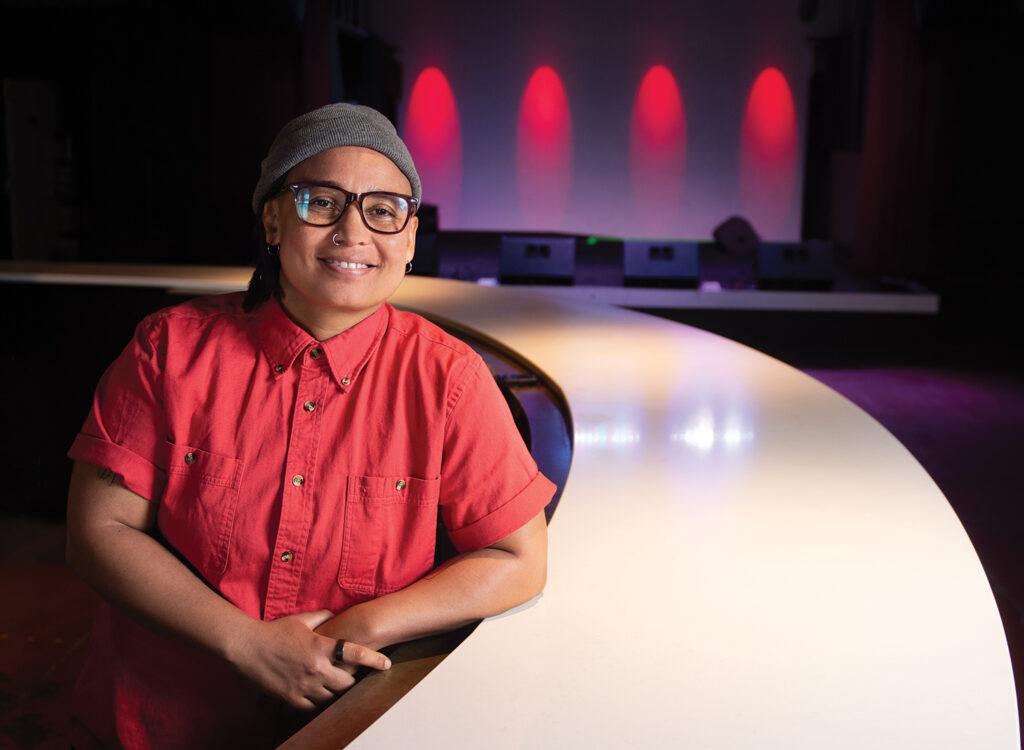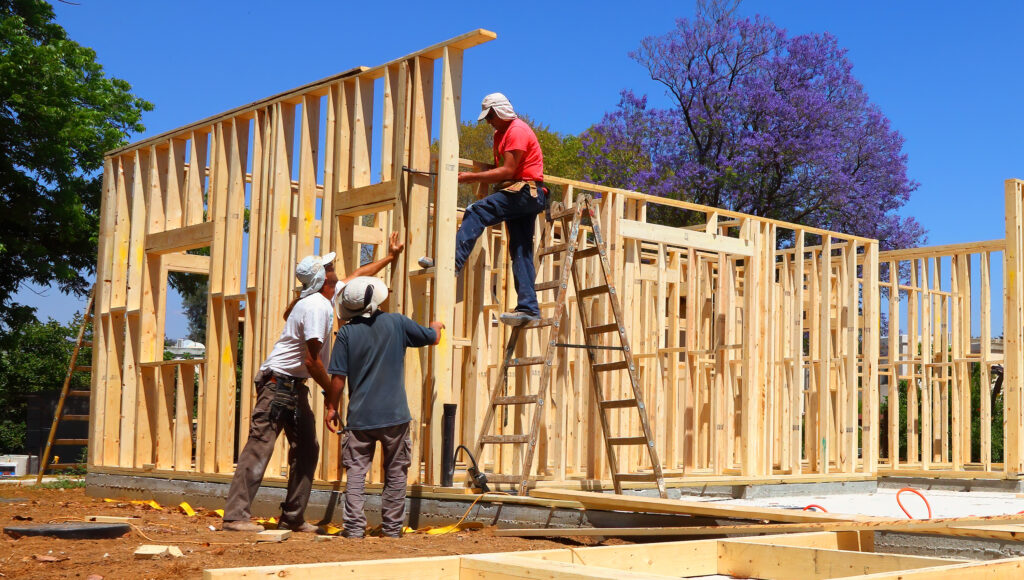Renovations to the State of Iowa Historical Building
State officials and business leaders want to improve an aging piece of Iowa’s history

Funding to help preserve a piece of Iowa’s history could be on the Iowa Legislature’s agenda this session as state officials hope to make it better for both current and future generations of Iowans.
The State of Iowa Historical Building, 600 E. Locust St., opened at its current location in December 1987. Now, Iowa Department of Cultural Affairs Deputy Director Chris Kramer said the 200,000-square-foot building — one that houses the State of Iowa Historical Museum — is in need of updates to both its infrastructure and its technology.
“We want this to be a dynamic place for people to learn more about Iowa’s history, to find out more about themselves and relate to it,” Kramer said. “We want it to be a great place for them to connect with their own past and inspire them to be a part of history in the making.”
Although the Iowa Department of Cultural Affairs is still in the strategic planning stage of determining what needs to be done at the Historical Building, what exactly the improvements will look like and how much the renovations would cost, the subject is still on the minds of department officials, state legislators and area business leaders.
In fact, the Greater Des Moines Partnership made the renovations, as well as the possible addition of a Capitol vistors center, one of its legislative priorities this session. Georgia Van Gundy, chair of the Partnership’s Government Policy Council, said the organization is supporting it because it would increase visitor access to the State Historical Museum’s collections and exhibits, and it would significantly improve the Capitol complex in tandem with the revitalization of both the business and the residential districts in the East Village.
“It will considerably enhance the quality of life for the surrounding region and promote more of our tourism efforts that we have in the state,” Van Gundy said. “This is just another one of those jewels in the East Village that will continue to bring more visitors downtown.”
What those enhancements would look like, though, has yet to be determined.
The roots of the Historical Building go back more than 120 years, Kramer said, when the museum came to life in the lower level of the Capitol building. For many years after, the museum was located in the Ola Babcock Building just north of the Capitol before it was moved to its current home.
The building currently houses 50,000 square feet of museum exhibits, state archives, a historical library and a special collection of other archives and photographs. In addition, it is home to the state’s historical artifacts collection. Classrooms, meeting spaces and an auditorium round out what it offers Iowa residents.
In 2012, on the 25th anniversary of the Historical Building’s move to Locust Street, the Department of Cultural Affairs knew it was time to make some changes.
Improvement plans will mainly address the aging infrastructure of the building to improve visitors’ experience and safety, Kramer said. Some repairs have been completed, she added, including water damage and general wear-and-tear repair. Inside, museum staff is working on an exhibit rotation plan so more of its collections can be on display for visitors.
In order to do that in the best possible way, more needs to be done to the building. The next steps, she said, will be to identify what the needs are for Iowans who plan to visit and use the facility, and to make sure the building is equipped to handle it. Kramer said that will include making sure the building’s space for historical collections is housed in an environment conducive to long-term preservation. Department of Cultural Affairs officials also hope to do an assessment of the building’s inventory to ensure collections are complete, as well as identify ways to digitize the museum’s historical records.
“That is important because so many people now are engaged in genealogy and finding their own past story,” Kramer said, “so making those archival documents available is very valuable to the public that visits.”
On the subject of a possible new Capitol visitors center, Kramer said her department’s staff needs to first assess the Historical Museum itself to see what’s working and what isn’t.
“If we’re going to build a visitors center, it needs to be incorporated and blended into the final museum experience,” Kramer said.
Aside from Department of Cultural Affairs, those who support possible renovation are confident the improvements will benefit local businesses and Iowa residents alike.
“It’s a historical anchor for that neighborhood,” said Susan Ramsey, senior vice president of communications and marketing for the Greater Des Moines Partnership. “With the current momentum of development (in the East Village), now is the perfect time to invest in that momentum.”
Joseph Jones, the Partnership’s senior vice president of government relations and public policy, said museum visitors want to have an interactive experience while they’re there.
“You want technology and you want to have a dynamic experience while you’re there,” he said. “You want to do more research and learn more about new things. You don’t just want to have a look-at-things-behind-glass kind of experience.”









